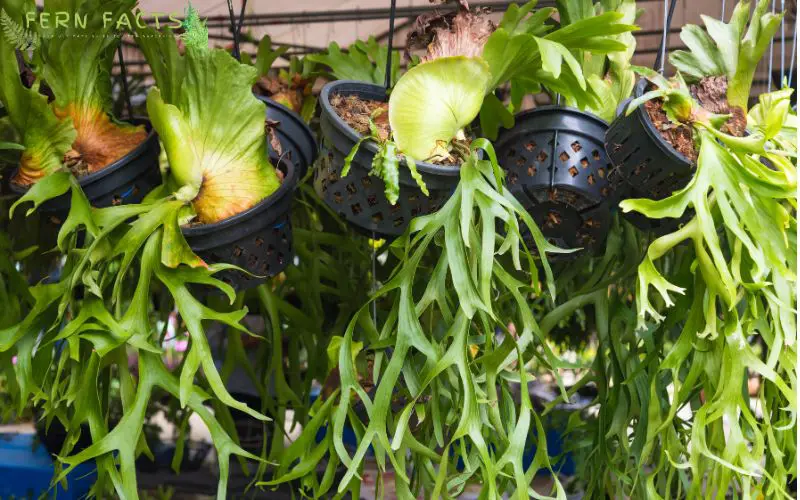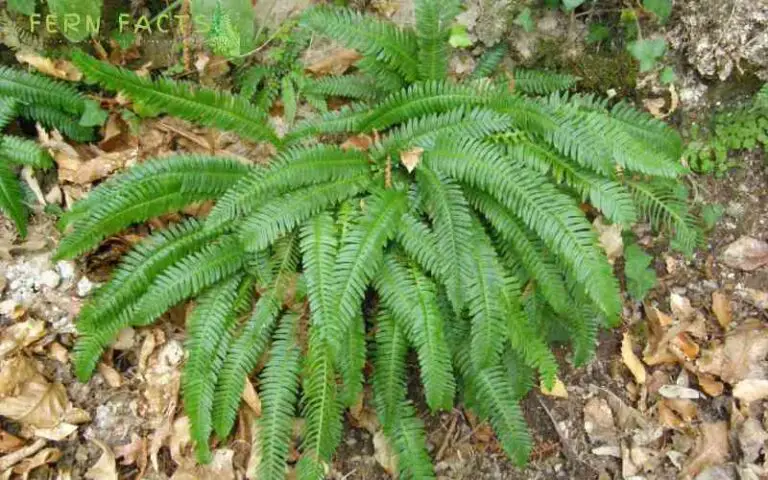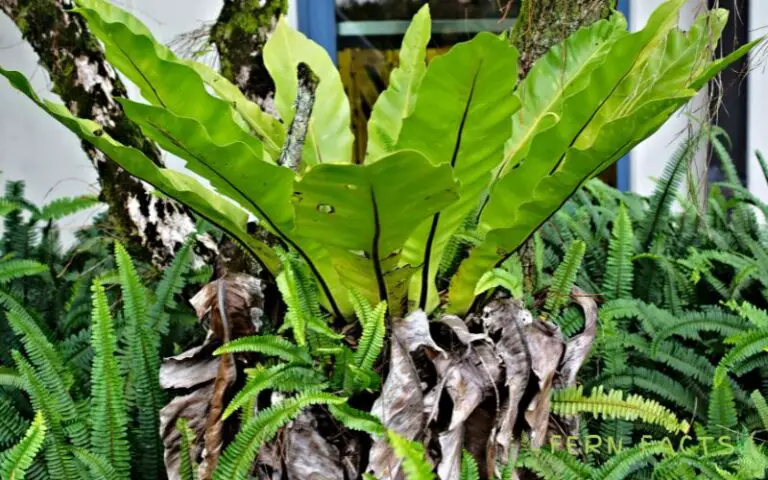How to Treat a Diseased Staghorn Fern
Staghorn ferns are one the famous ferns for using both indoor and outdoor. These ferns are also used as home decor purposes which allow gardens to have cultivation of these staghorn ferns.
However, during their cultivation period, you might face some plant diseases and problems with these staghorn ferns. Don’t be afraid of planting these ferns at your house.
In this article, I’ll give you a brief idea about staghorn ferns’ characteristics. Later, I’ll give brief notes to deal with staghorn fern’s diseases like how to identify the problems and how to prevent them.
By treating and preventing those diseases and problems you can have healthy staghorn ferns cultivation at your house. So let’s explore the topic more briefly.
Overview of Staghorn Ferns
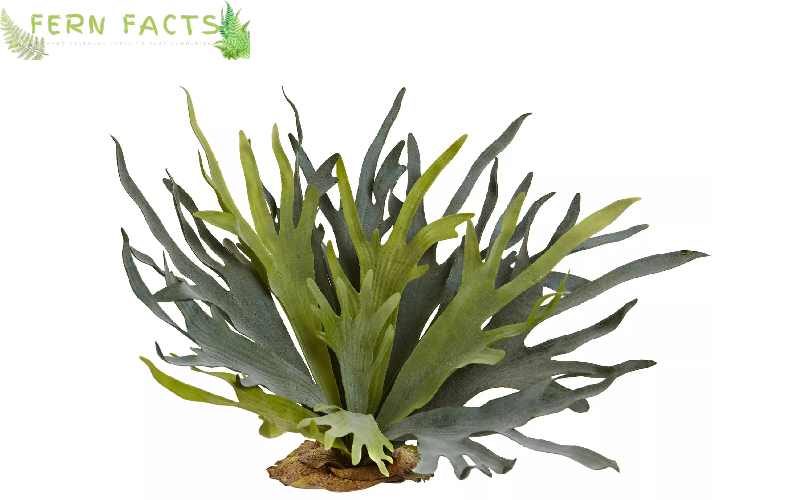
- Botanic name: Platycerium bifurcatum
- Common names: elkhorn ferns, staghorn ferns
- Family: Polypodiaceae
- Genus: Platycerium
- Plant: Perennial evergreen
- Native range: Java, New Guinea, Eastern Australia, South Wales, Queensland
- Height: around 35 inches
- Width: around 31 inches
- Shade: Partial
- Soil: acidic, neutral
- Hardiness zone: 9,10,11,12
Staghorn Ferns resemble deer or elk antlers with heart-shaped arching fronds. These ferns are usually local to Asia and Australia, Java, New Guinea, South Wales, Queensland, and Lord Howe Island.
They are fond of habitats that are rainforest areas with a moist atmosphere.
Staghorn Fern’s Characteristics
Staghorn Ferns are perennial plant ferns existing in 17 different species in Asia and Australia currently. Gardeners and plant enthusiasts very frequently grow and plant these staghorn ferns for home cultivation.
Besides, these staghorn ferns have unique heart-shaped fronds around 12 to 45 cm long. And so, their gray-green arched fertile also similar to a horn shape, forked, or strapped shape which spread usually 90 cm long.
Staghorn ferns are generally epiphytic that means they can grow on different plants or any objects but these are not parasitic ferns. Similarly, You can grow these ferns on wood planks or any hanging baskets.
To thrive on your staghorn fern, try to create a subtropical natural environment such as a dappled atmosphere, moisture, and indirect sunlight.
Alternatively, these ferns can be invasive on rare occasions if they get their ideal condition; especially in Florida and Hawaii under a warm atmosphere, these staghorn ferns can grow invasively.
That’s why you need to take extra care of their grooming and pruning.
Identity Staghorn Ferns Problems
To treat staghorn fern problems, at first, you need to identify or diagnose all the problems. Let’s see those diseases or issues by which staghorn ferns are most affected.
Rhizoctonia
Rhizoctonia is a soil-borne fungal disease that is led by root rots, leaf blight and damping off. If you observe any black spots on their basal fronds then you need to act first.
Otherwise, it will start spreading rapidly. Usually, these problems occur in wet and warm atmospheres. This can also kill the plants eventually.
Sometimes this Rhizoctonia happens due to inappropriate watering. If you over-water your plants, their roots will be overly soaked.
As a result, their roots will start rotting. That’s why keeping your ferns too wet can create Rhizoctonia diseases in your staghorn ferns.
Mealybugs and Scales
Mealybugs and scales are another two pests that can give your ferns a hard time. They can infest your staghorn ferns. Mealybugs generally look like white cotton-type pests with legs.
Similarly, scales have small insects with hard armor shell-covered bodies. They might have several colors. Both of these pests are quite dangerous to you and absorb or suck up the juice from the fern’s fronds.
As a result fronds will lose their greenery. These pests can even kill the plants. Additionally, snails and slugs could be another problem for your ferns.
Sometimes their existence can be harmful for your staghorn ferns.
Medical Care and Prevention
After identifying the problems, you need to treat your plants immediately. Otherwise, your plants might die due to those diseases and pest problems.
Rhizoctonia Treatment
To some extent, Rhizoctonia happens due to over-watering. That is why you need to be careful regarding watering techniques. Make sure you change the watering techniques on differ seasons.
Try to water the plants once a week during hot and dry weather. Conversely, reduces the watering level in the cooler and winter seasons. Give water once in 2 to 3 weeks.
So, you have to reduce the humidity around your plants and try to give them a little balanced humid atmosphere with a drier condition.
Similarly, if you notice that your plants are overly soaked and their roots start to rot. Then immediately replant your staghorn fern with new potting mixture soil.
Try to cut the damaged roots and take the new fresh, healthy roots. Later on, replant this with new fresh soil and a new pot. If you observe the condition is still curable, then you don’t have to change the pot.
In this case, you can use fungicide by following the label’s instructions. In future also, try to monitor your plants’ humidity and check the soil’s moisture before watering them.
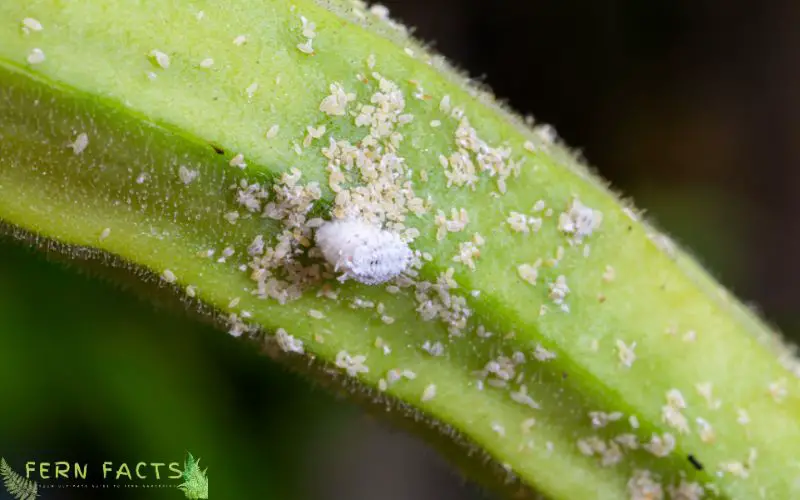
Treating Mealybugs and Scales Problems
As mealybugs and scales are one of the major issues that can affect your plant’s health, therefore, you need to be careful if you notice any kind of pests around your staghorn ferns.
In order to treat pests issues, you can use non-oil based insecticides rather than using oil based insecticides. Oil-based insecticides can damage the foliage of the ferns.
You can also use insecticidal soap to control scales and mealybug population around your plants. These insecticidal soaps will control the pests moving.
Use multiple times in the affected areas because it may require more than one application to fully get rid of those pests and bugs. Then you can use a carbaryl and cover the whole infested area thoroughly.
Try to follow the label instructions for detailed information.
Recap
In short, staghorn ferns are perennial evergreen plants that are mostly used for home decoration purposes. Therefore, these ferns also have economical demand in the market palace.
However, you might face some common diseases and problems while growing and planting these staghorn ferns.
The two most common diseases and problems of these staghorn ferns are Rhizoctonia diseases and pest problems (mealybugs, scales).
By maintaining proper watering techniques, insecticidal soap, and fungicide medicines you can treat these diseases. Thus, you can give your staghorn ferns healthy growth.

